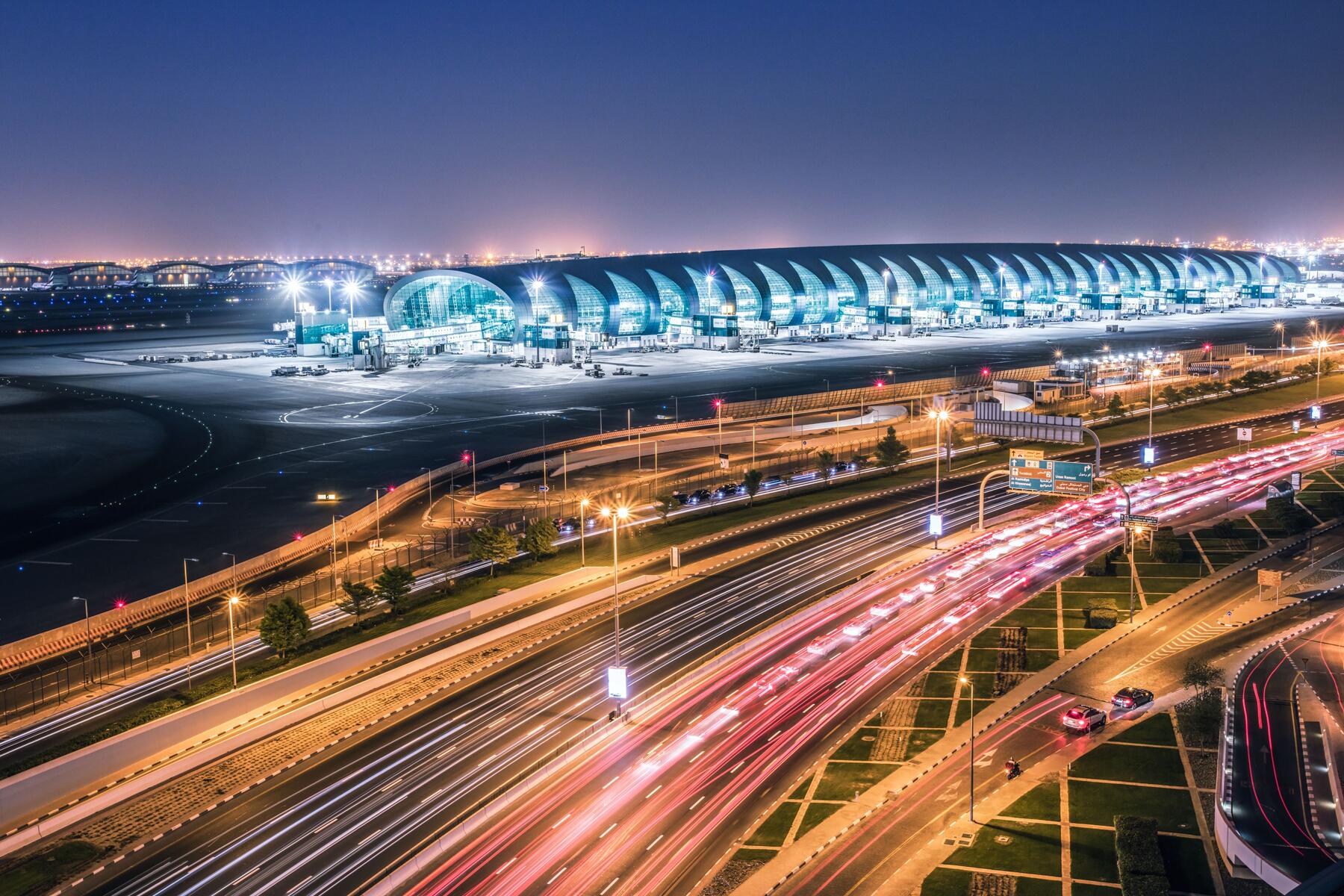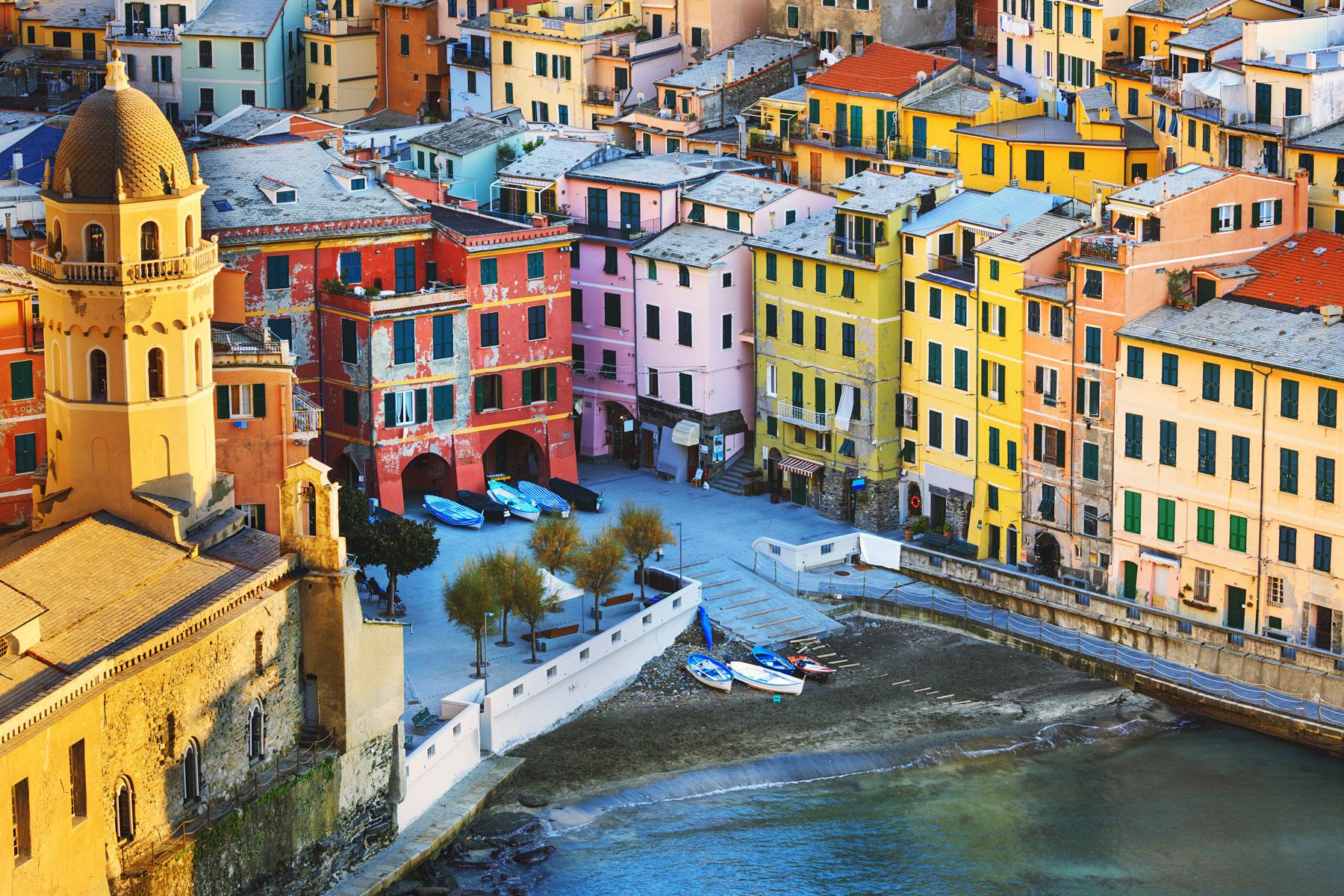Millions are already fleeing their homes.
When Hurricane Ian, one of the most powerful storms to hit the U.S., made landfall in Florida last month, millions went without power, streets were flooded, and cities were battered by the winds and the downpour. Many are still recovering.
Climate scientists have predicted that climate change will increase the intensity and frequency of extreme weather events. Hurricanes, in particular, will cause more rain when they make landfall. The U.S. is also witnessing more fire-related events—the country spent $2.3 billion in 2020 to fight wildfires. Over the last few decades, heat waves and cold swells have become more common, too.
Americans are already looking at “climate havens,” and Michigan and upstate New York are both top favorites. According to a 2016 study, 13 million residents of the U.S. coastal regions will be displaced by the end of this century. Relocation has already started, but it will restructure the population profile of the country as coastal cities flood and water dries up in regions. The hardest hit will be the vulnerable, low-income residents who won’t be able to pack up and leave, and the divide between the rich and the poor will widen.
Related: Move Here Now! These 7 Countries Are Best Prepared for Climate Change
In Louisiana, the first American climate-change refugees were relocated from the Isle de Jean Charles to Schriever. It is the first federal resettlement project, which was approved in 2016. Now, the beneficiaries are moving into their homes after a long wait. The island has lost 98% of its landmass since the 1950s.
Recommended Fodor’s Video
Climate Migrants Are Increasing
Worldwide, the numbers are even more staggering. According to the United Nations, around 21.5 million people have been forced to flee every year since 2010 due to climate emergencies. “Roughly 90% of refugees come from countries that are the most vulnerable and least ready to adapt to the impacts of climate change,” it elaborated.
Rising sea levels are flooding coastal cities. Storms and droughts are reducing crop output, causing food insecurity. Water scarcity is driving people out of their communities. More death and damage to property is expected in this century, and many vulnerable populations will lose their livelihoods.
As per the World Bank’s Groundswell report, over 216 million people could move within their countries by 2050 across six regions. “Sub-Saharan Africa could see as many as 86 million internal climate migrants; East Asia and the Pacific, 49 million; South Asia, 40 million; North Africa, 19 million; Latin America, 17 million; and Eastern Europe and Central Asia, 5 million.”
Another study, however, paints a bleaker picture. Australian think-tank Institute for Economics and Peace released a report in 2021 that projected 1.2 billion people living in 30 countries face the highest level of ecological threats. “At the end of 2020, 34 million people had been forcibly displaced from their home nations. Of this total, 23.1 million people, or 68%, came from these 30 hotspot countries. Without a reversal of ecological degradation, these numbers are likely to increase.”
Sub-Saharan Africa, South Asia, the Middle East, and North Africa have the highest levels of ecological threats, according to the report, and these regions are also the least resilient. North America and Europe, meanwhile, have the lowest average ecological threat. However, every part of the world will be affected by climate change; developed nations may be able to mitigate the risks better, but they will still see mass immigration.
Related: These Five Countries Are the Most Vulnerable to Climate Change
International Recognition of Climate Migrants
In 2015, Ioane Teitiota and his family were deported by the New Zealand government. The resident of the low-lying Pacific island of Kiribati had fought for years for refuge in the country, pleading that climate change had made his homeland unsafe. The government of New Zealand, however, rejected his appeal because he was not being persecuted in Kiribati—as per the standard “refugee” laws.
The Geneva Convention defines a refugee as “someone who has been forced to flee his or her country because of persecution, war, or violence.”
Teitiota appealed to the U.N. Human Rights Commission in the world’s first climate refugee case. Eventually, the committee upheld the government’s decision that New Zealand hadn’t violated his right of life, but maintained that the ruling “sets forth new standards that could facilitate the success of future climate change-related asylum claims.”
Kiribati is one of the world’s most vulnerable countries, and it’s predicted that it will be the first nation to be submerged due to rising sea levels. While this appeal was rejected because the evidence of a threat to life wasn’t strong enough, experts believe that it has opened doors for other climate migrants.
Related: 17 Changes That Prove Climate Change Is Real
Jane McAdam, of the University of New South Wales, told The Guardian, “The committee recognized that without robust action on climate at some point in the future, it could well be that governments will, under international human rights law, be prohibited from sending people to places where their life is at risk or where they would face inhuman or degrading treatment.”
The U.N. has made legal considerations for claims regarding displacement due to climate change. The document highlights, “People seeking international protection in the context of the adverse effects of climate change or disasters may have valid claims for refugee status.”
Which means that international courts can’t send people back if their lives are threatened due to climate change.
Unfortunately, countries and courts still don’t recognize climate refugees. It’s difficult to define a climate refugee or ascertain someone has been displaced by climate change, not war or violence. Caroline Zickgraf from Belgium’s University of Liège told the Associated Press, “It’s a threat multiplier, and so creating a status or category would have to address this complexity rather than to ignore it or to seek ‘pure’ climate refugees. Does someone have to prove they were displaced by climate change? That’s an extraordinary, if not impossible, thing to ask of someone.”
The Biden administration has released a report on the effect of climate change on migration and acknowledged the need for protection. Experts have hailed it as the first step toward policies relating to climate migration.



